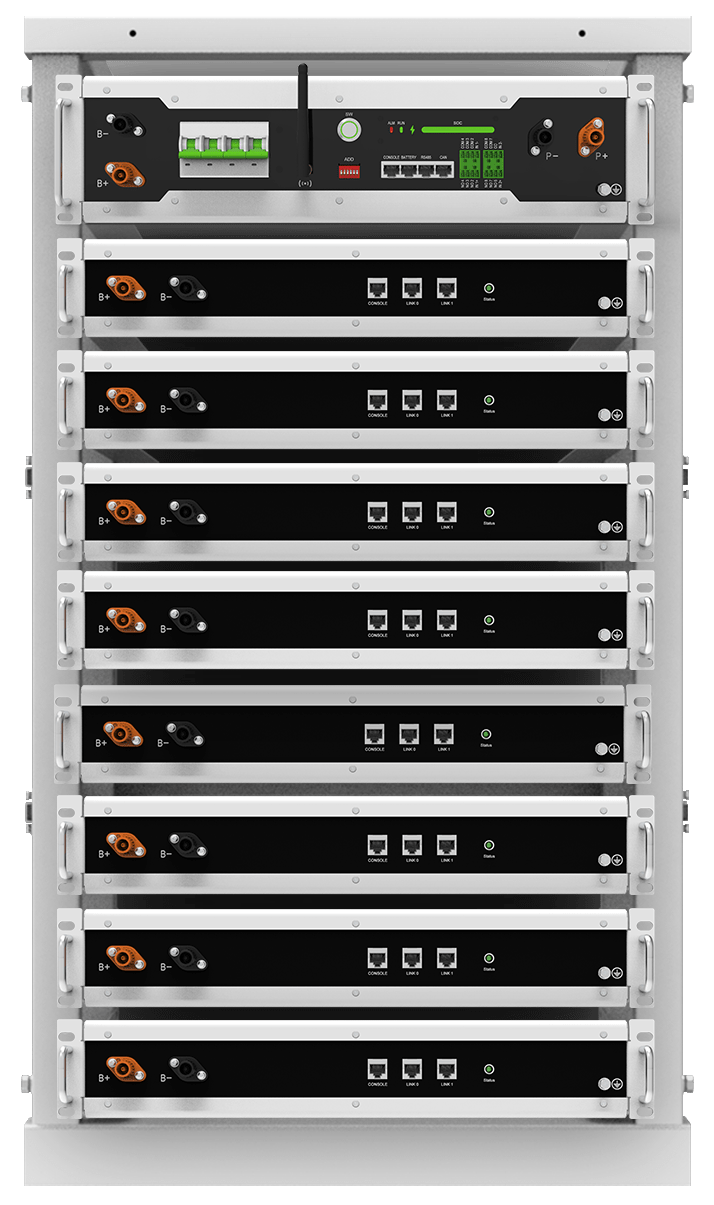
Unveiling the Insulation Battle: Is Styrofoam a Superior Insulator to Fiberglass?
When it comes to insulation materials, two popular options often come to mind: Styrofoam and fiberglass. Both materials have their unique properties and applications, but the question remains: Is Styrofoam a better insulator than fiberglass? In this article, we will delve into the characteristics, performance, and practicality of these insulation materials to determine which one reigns supreme.
- Thermal Conductivity:
Thermal conductivity is a crucial factor in insulation performance. Styrofoam, also known as expanded polystyrene (EPS), boasts a low thermal conductivity due to its closed-cell structure. This structure traps air, which is a poor conductor of heat, resulting in excellent insulation properties. On the other hand, fiberglass insulation consists of fine glass fibers that can conduct heat more readily. Therefore, in terms of thermal conductivity, Styrofoam has the upper hand. - Moisture Resistance:
Moisture can significantly impact the effectiveness of insulation. Styrofoam exhibits excellent moisture resistance due to its closed-cell structure, which prevents water vapor from penetrating and compromising its insulating properties. In contrast, fiberglass insulation can absorb moisture, leading to a decrease in its insulation performance over time. Consequently, Styrofoam proves to be a more reliable choice in humid environments or areas prone to water infiltration. - Installation and Versatility:
The ease of installation and versatility of insulation materials are crucial considerations. Styrofoam insulation boards are lightweight, making them easier to handle and install. They can be cut to fit any shape or size, allowing for precise installation in various applications. Additionally, Styrofoam is compatible with different construction materials, making it a versatile choice for both residential and commercial projects. Fiberglass, although widely used, can be more challenging to handle due to its loose fibers, requiring protective gear during installation. Moreover, fiberglass insulation is not as flexible as Styrofoam, limiting its application in certain scenarios. - Environmental Impact:
In recent years, environmental concerns have become increasingly important. Styrofoam has faced criticism due to its non-biodegradable nature and potential harm to the environment. However, advancements have been made to produce more eco-friendly versions of Styrofoam insulation, such as those with recycled content or bio-based alternatives. On the other hand, fiberglass insulation is typically made from recycled glass, making it a more sustainable choice. When considering the environmental impact, fiberglass insulation holds an advantage over Styrofoam.
Conclusion:
In the battle of insulation materials, both Styrofoam and fiberglass have their strengths and weaknesses. While Styrofoam excels in thermal conductivity and moisture resistance, fiberglass insulation offers better environmental sustainability. The choice between the two ultimately depends on the specific requirements of the project and the priorities of the individual. By understanding the characteristics and performance of each material, one can make an informed decision when it comes to insulation needs.


Average Rating